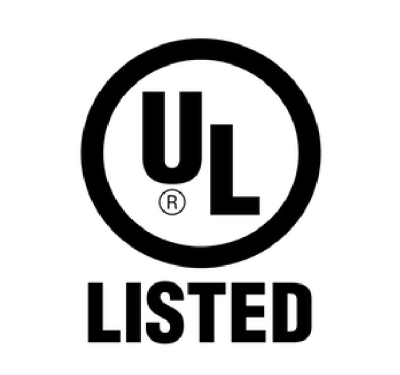Measurement System Compliance Certificates and Approvals Explained
Quality load cells and other electronic measuring system components display various “badges” or markings (like “CE”, “OIML”, “RoHS” to name a few). These badges tell the buyer that the component has passed one or more approval processes; that is, it meets the quality standards determined by one of several governing bodies. But who are these bodies? And what type of quality do their approvals indicate? This article gives a brief overview of each badge or marking that you may find on the load cells sold in our online store.
CE: Conformité Européene
This marking indicates that the product conforms with safety, health and environmental regulations established by the European Union. It is required on certain regulated products sold within the European Economic Area (EEA). Measuring Instruments are one such class of products; therefore, load cells and related electronics for sale within the EEA require this badge. Generally, manufacturers self-declare, meaning no testing is required before the badge can appear on a product. (There are a few exceptions to this.) However, suppliers must be prepared to produce supporting documentation if its product’s compliance is challenged.
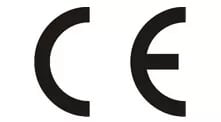
EX-NEPSI: National supervision and inspection center for Explosion Protection and Safety of Instrumentation
Devices with this badge comply with the testing standards of the Shanghai-based laboratory, NEPSI. Compliance with these standards shows the product is explosion-proof. This marking applies specifically to electrical and electronics products, including load cells. Products must be tested in certified labs to obtain this approval.
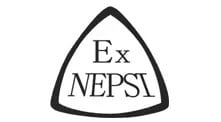
FM: Factory Mutual
Devices approved by Factory Mutual (FM) independent global laboratories must meet rigorous loss-prevention standards. These standards are the creation of the global insurance carrier, FM. Their goal is to prevent various causes of failure from cybersecurity to materials failure and fire and explosion protection. Certification only applies to certain product categories. Load cells and measuring equipment fall into these categories. Manufacturers earn this approval by undergoing a five-step process (including FM partner lab testing) for each product.
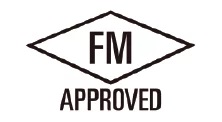
IEC: International Electrotechnical Commission
According to the IEC’s website, “The IEC manages the operation of four worldwide Conformity Assessment (CA) Systems. These CA systems represent the only globally standardized approach to testing, inspection and certification.”
These four conformity assessment systems ensure consistent reliability and quality for (1) electrotechnical equipment, (2) equipment for renewable energy, (3) equipment used in explosive atmospheres, and (4) manufacturing processes (focusing on ecological safety). Independent laboratories evaluate these four against IEC and other international standards to issue certifications.

ISO 9001: 2015
ISO 9001: 2015 approval applies to the supplier’s manufacturing processes rather than the products themselves. The marking shown here certifies that the device was manufactured under the quality management guidelines prescribed by the International Organization for Standardization. A manufacturer who has earned this approval must “demonstrate its ability to consistently provide products and services that meet customer and applicable statutory and regulatory requirements” and it “aims to enhance customer satisfaction through the effective application of the (quality management) system.” The guidelines are not specific to any industry or organization size.
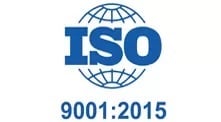
Measurement Canada
Devices with this marking have met the requirements set forth by the Canadian Government agency of the same name. These standards certify that a product is legal for trade in Canada, and they specifically apply to various types of measuring devices. For scales and scale components, manufacturers must ensure their product meets requirements before applying for approval. Government experts must inspect and/or test the product before it can earn this badge.
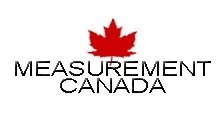
NTEP: National Type Evaluation Program
NTEP is a program of the US Department of Commerce’s National Institute of Standards and Technology (NIST). Therefore, NTEP approval applies to specifically weighing devices sold in the United States, including load cells. This badge certifies that the device should operate according to the guidelines established for the device by the National Conference of Weights and Measures. A product earns NTEP approval based on device testing in program-authorized laboratories.
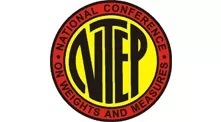
OIML: Organisation Internationale de Metrologie
OIML is an international trade standards body that creates requirements for measuring systems ensuring they are legal for trade. The organization attempts to set criteria that would apply in all member countries so that an OIML approval will align with approval in individual member countries. Membership is voluntary. Approval comes from a multi-step process, including testing from an authorized laboratory, depending on the type of measuring device.
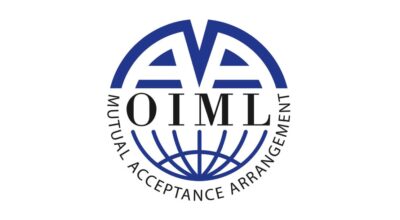
RoHS: Restriction of Hazardouos Substances
RoHS is a directive by the European Parliament restricting the use of 10 hazardous substances in electronic and electrical equipment sold in the EU. Its goal is to prevent e-waste from contaminating the environment and posing health risks. Devices with this marking are free of restricted materials or use them within prescribed limits. Products earn RoHS certification by undergoing a 4-step procedure including testing. Load cells fall into the scope of this directive.
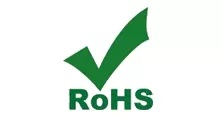
UL: Underwriters Laboratories
UL is an independent lab that assures the safety of products, processes and facilities. Founded in the late 1800s to help insurance companies underwrite fire protection policies in the Chicago area, the organization’s reach has expanded to over 100 countries. According to their website, “UL Solutions delivers testing, inspection and certification services, together with software products and advisory offerings, that support our customers’ product innovation and business growth. The UL Certification Marks serve as a recognized symbol of trust in our customers’ products and reflect an unwavering commitment to advancing our safety mission.”
